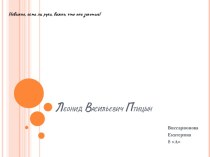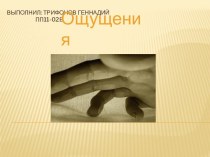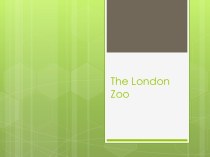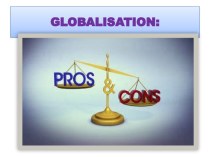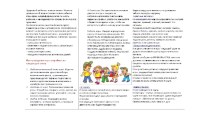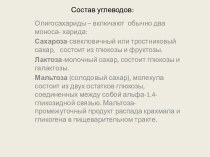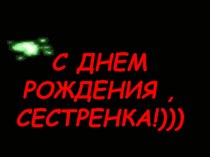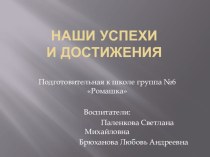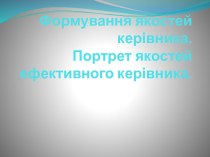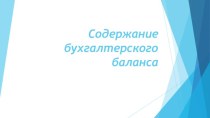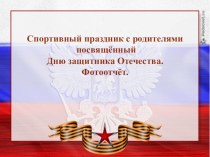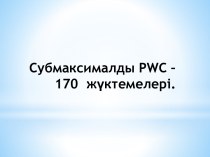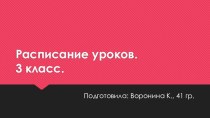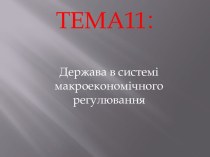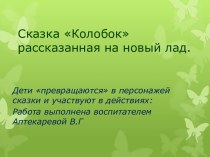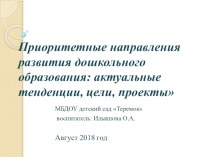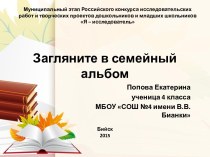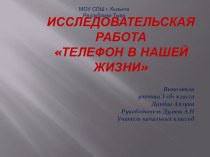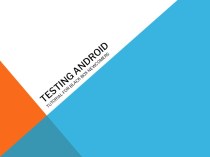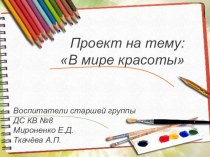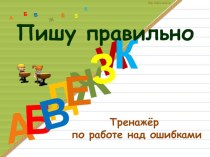- Главная
- Разное
- Бизнес и предпринимательство
- Образование
- Развлечения
- Государство
- Спорт
- Графика
- Культурология
- Еда и кулинария
- Лингвистика
- Религиоведение
- Черчение
- Физкультура
- ИЗО
- Психология
- Социология
- Английский язык
- Астрономия
- Алгебра
- Биология
- География
- Геометрия
- Детские презентации
- Информатика
- История
- Литература
- Маркетинг
- Математика
- Медицина
- Менеджмент
- Музыка
- МХК
- Немецкий язык
- ОБЖ
- Обществознание
- Окружающий мир
- Педагогика
- Русский язык
- Технология
- Физика
- Философия
- Химия
- Шаблоны, картинки для презентаций
- Экология
- Экономика
- Юриспруденция
Что такое findslide.org?
FindSlide.org - это сайт презентаций, докладов, шаблонов в формате PowerPoint.
Обратная связь
Email: Нажмите что бы посмотреть
Презентация на тему Business correspondence
Содержание
- 2. Types of business correspondence covered include:? Cover
- 3. GENERAL GUIDELINES? Use professional business letter format.?
- 4. Proofread your letters carefully.? Use professional writing
- 5. A cover letter accompanies any correspondence to
- 6. First paragraph: Introduce yourself.Explain why you are
- 7. Second paragraph: Demonstrate your knowledge of the
- 8. Last paragraph: Close the letter in a
- 9. Finally, avoid letters that are too long
- 12. Скачать презентацию
- 13. Похожие презентации
Types of business correspondence covered include:? Cover Letters? Thank You Letters? Acceptance Letters? Rejection Letters? Withdrawal Letters
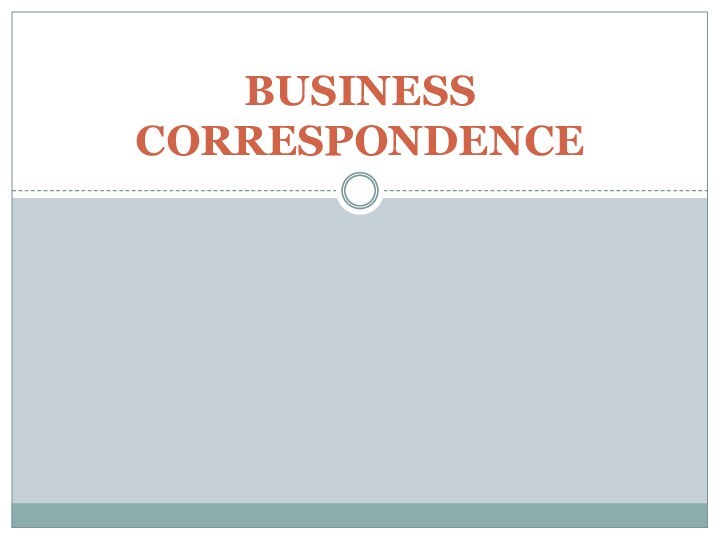



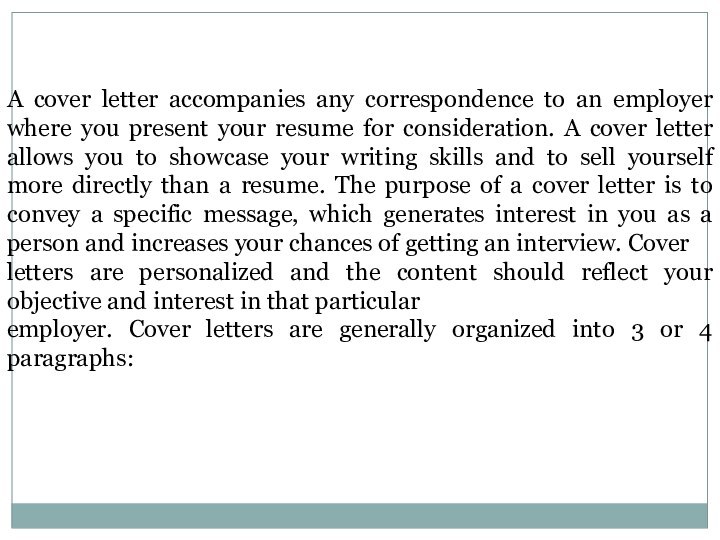







Слайд 3
GENERAL GUIDELINES
? Use professional business letter format.
? Make
sure you sign all your letters in blue or
black ink.? Address cover letters to a specific person. Call if you do not have a contact person. Avoid
sending letters to “Human Resources Manager” or “Hiring Coordinator.”
? Confirm gender on ambiguous names (Chris, Kelly, etc).
? Use standard, easy-to-read fonts such as Times New Roman or Arial.
? Use the same paper and font as your resume.
? Use envelopes that match your paper. Type, not handwrite, addresses on envelopes.
Слайд 4
Proofread your letters carefully.
? Use professional writing style
(i.e. do not use contractions, slang, etc.) Language should
bepolite and to the point.
? Avoid simply using photocopied “To Whom It May Concern” letters.
? Don’t forget to send a cover letter with a resume and vice versa!
? Don’t rush the cover letter process. Many people find that writing a cover letter is more
difficult than writing a resume. Let someone in Career Services proofread drafts of your
cover letter.
? Keep copies of all correspondence with employers.
? Use a laser printer.
? Close each letter with an appropriate salutation such as Sincerely, Cordially, Gratefully,
Best regards, etc.
Слайд 5 A cover letter accompanies any correspondence to an
employer where you present your resume for consideration. A
cover letter allows you to showcase your writing skills and to sell yourself more directly than a resume. The purpose of a cover letter is to convey a specific message, which generates interest in you as a person and increases your chances of getting an interview. Coverletters are personalized and the content should reflect your objective and interest in that particular
employer. Cover letters are generally organized into 3 or 4 paragraphs:
Слайд 6
First paragraph: Introduce yourself.
Explain why you are writing
by indicating in which position you are interested. You
may alsoreference how you learned of the company or opening (newspaper ad, mutual contact, website,
etc). If you are interested in an internship, indicate such in the first paragraph and include the
semester you hope to intern (i.e. “summer internship in the marketing department.”)
Слайд 7 Second paragraph: Demonstrate your knowledge of the open
position and the company. Sell
yourself.
The second, and sometimes third,
paragraph(s) should address the employer’s needs. The needs ofthe employer are the skills that an employer lists as requirements for a particular position.
Highlight and expand upon a few of your accomplishments from your resume, but do not simply
restate your resume. You may choose to mention skills or personal characteristics that are not
included in your resume. State with confidence, in assertive but pleasant language, that your
demonstrated skills would be beneficial to the employer. Demonstrate knowledge you may have
about the position or company (i.e. “I am impressed with ABC’s steady growth and commitment to
customer service.”)
Слайд 8 Last paragraph: Close the letter in a friendly
and professional manner.
This closing paragraph should thank the employer
for his or her time and consideration and alsoindicate an active means in which you will follow up. (i.e. “I will contact you next week to
confirm receipt of these materials.”) You may also directly ask for an interview.
Слайд 9 Finally, avoid letters that are too long or
stray from your major theme. To ensure high quality
cover
letters, proofread several times for content and grammar, and seek feedback from a careercounselor. An error on a cover letter or resume may indicate to an employer that you are not a
detail-oriented person.

